Table of Contents
Introduction
Pickle salt is not a recipe—it's a specific type of salt used for pickling. This guide explains what pickling salt is, why it's essential for perfect pickles, and how to use it correctly. Whether you're a beginner or experienced preserver, understanding this ingredient will transform your pickling results.
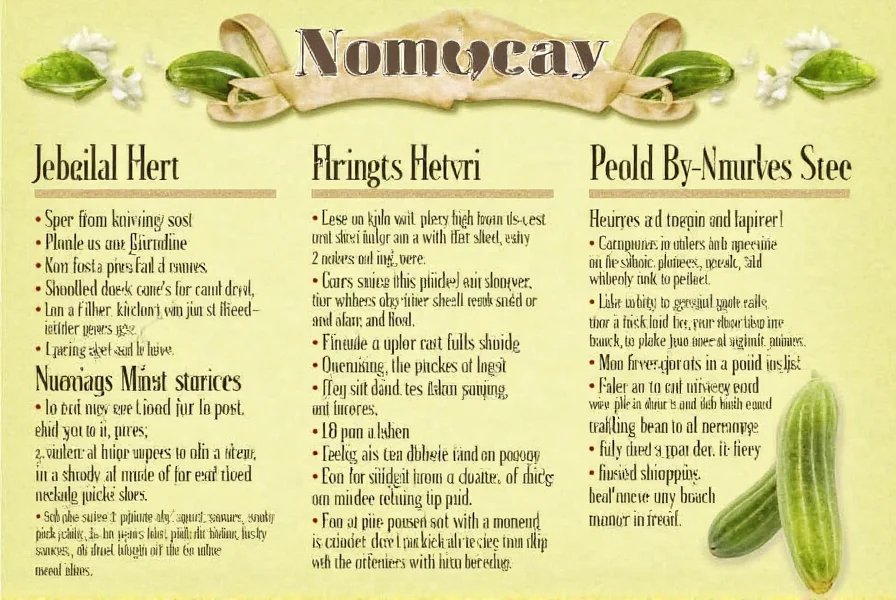
What Is Pickling Salt?
Pickling salt, also known as canning salt, is pure sodium chloride without additives like iodine or anti-caking agents. This purity ensures clear brine and crisp vegetables during preservation. Unlike table salt, which contains additives that cloud brine or affect texture, pickling salt dissolves evenly and safely for food preservation.
Here's a quick comparison:
| Feature | Pickling Salt | Table Salt |
|---|---|---|
| Texture | Coarse | Fine |
| Additives | None | Iodine, Anti-caking agents |
| Use | Pickling, Canning | Cooking, Seasoning |
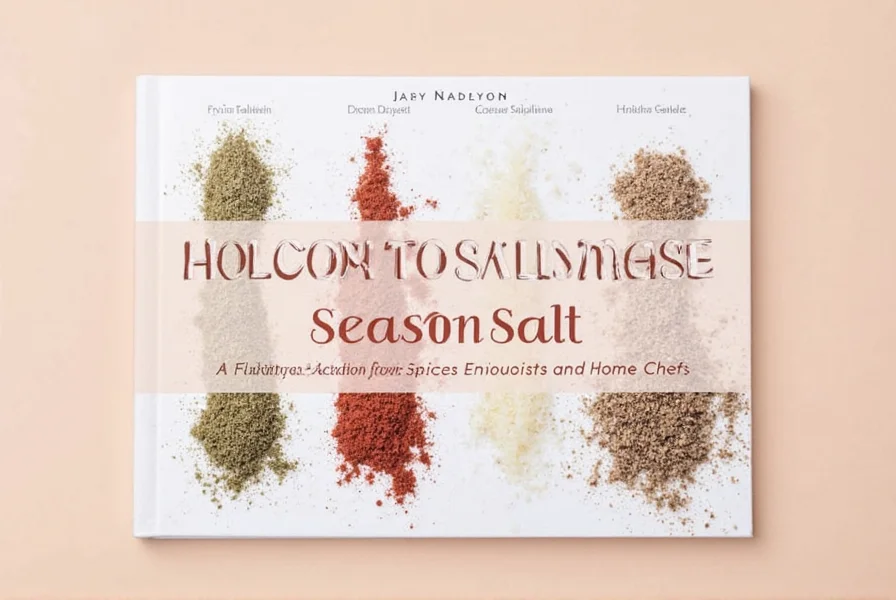
Why Pickling Salt Matters
Pickling salt is critical for food safety and quality in preservation. Its purity prevents cloudiness in brine, avoids discoloration of vegetables, and ensures proper fermentation. Using the wrong salt can lead to spoilage, mushy textures, or even foodborne illness. For safe, shelf-stable pickles, this ingredient is non-negotiable.
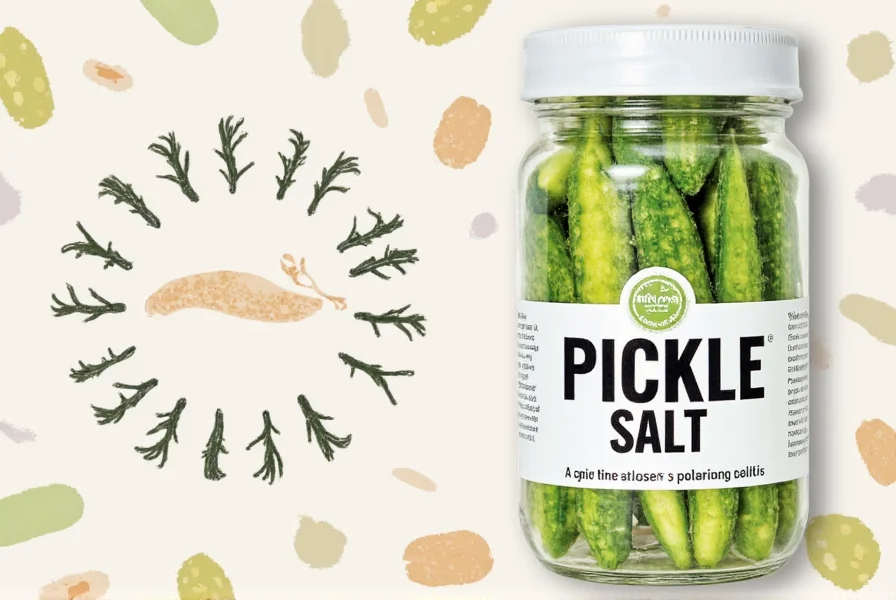
How to Use Pickling Salt for Perfect Pickles
Follow these steps to incorporate pickling salt correctly in your preservation process:
- Prepare Vegetables: Wash and cut fresh vegetables (cucumbers, carrots, etc.) to desired size.
- Make Brine: Use 1 tablespoon of pickling salt per 1 cup of water. Heat water until salt fully dissolves.
- Pack Jars: Place vegetables in sterilized jars, adding spices like dill or garlic for flavor.
- Fill with Brine: Pour warm brine over vegetables, leaving 1/2 inch headspace.
- Seal and Store: Seal jars tightly and process in a water bath canner for safety, or refrigerate for quick pickles.
Always follow tested recipes for food safety. Never reduce salt amounts, as it's crucial for preventing harmful bacteria growth.
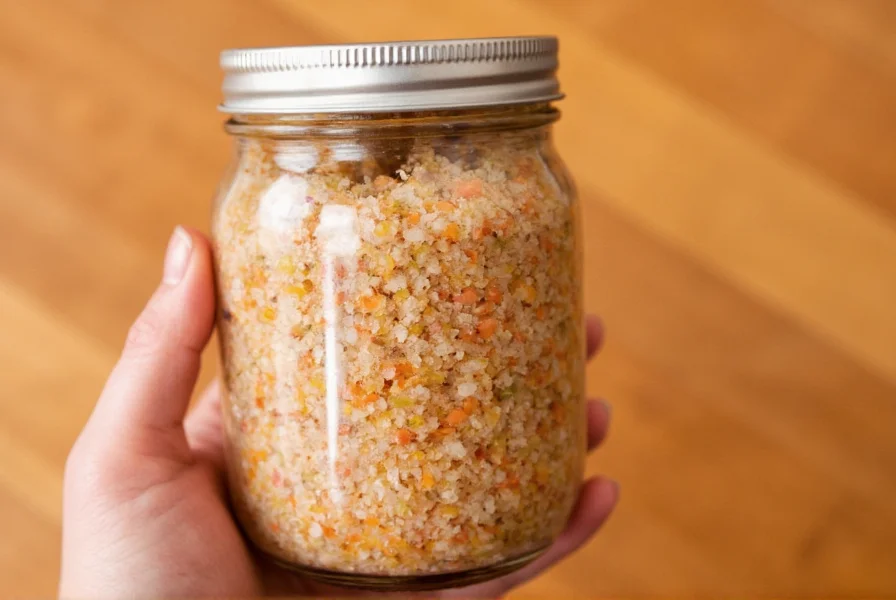
Common Mistakes to Avoid
Even experienced cooks make these critical errors with pickling salt:
- Substituting Table Salt: Iodine and anti-caking agents cause cloudy brine and soft pickles.
- Incorrect Salt-to-Water Ratio: Too little salt risks spoilage; too much makes pickles overly salty.
- Ignoring Hygiene: Always sterilize jars and utensils to prevent contamination.
- Using Impure Salt: Check labels for "100% sodium chloride"—avoid salts with yellow prussiate of soda or other additives.
Buying Guide for Pickling Salt
When purchasing pickling salt, prioritize purity and quality:
Top Picks for Pickling Salt
- Brand A – Pure Pickling Salt
- Features: 100% sodium chloride, no additives, coarse grains.
- Advantages: Dissolves perfectly for clear brine, ideal for all preservation methods.
- Use Cases: Canning, fermenting, and long-term storage pickles.
- Target Audience: Serious home preservers and commercial kitchens.
- Suitable Occasions: Seasonal canning, gift jars, and pantry staples.
- Brand B – Fine-Grain Pickling Salt
- Features: Pure sodium chloride, fine texture for quick dissolving.
- Advantages: Ideal for quick refrigerator pickles and small batches.
- Use Cases: Weeknight pickles, salad dressings, and brines.
- Target Audience: Beginners and casual cooks.
- Suitable Occasions: Weekend projects, meal prep, and impromptu gatherings.
Always check labels for "pickling salt" or "canning salt" and verify "no additives" on the ingredient list.
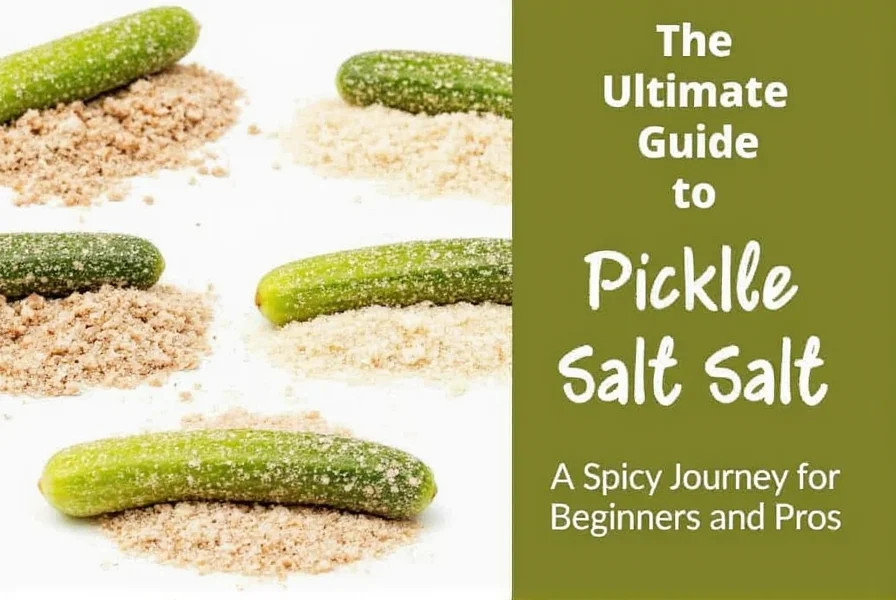
Frequently Asked Questions
What's the difference between pickling salt and regular table salt?
Pickling salt is pure sodium chloride with no additives like iodine or anti-caking agents found in regular table salt. These additives can cause cloudiness in pickling brine and may affect the texture of your pickles. Pickling salt also has a finer grain than sea salt but coarser than table salt, helping it dissolve properly in brine.
Can I make pickling salt at home if I can't find it in stores?
Yes, you can substitute with pure sea salt or kosher salt that contains no additives. Just check the ingredient label to ensure it's 100% salt with nothing else added. Avoid salts with yellow prussiate of soda or other anti-caking agents for pickling. Note: Kosher salt has larger crystals, so use 1.5 times more by volume than pickling salt.
What happens if I use regular table salt for pickling?
Using table salt for pickling can cause several issues: iodine darkens pickles, anti-caking agents cloud the brine, and additives may promote bacterial growth. For safe, clear brine and crisp pickles, always use proper pickling salt.
How much salt should I use in my pickling brine?
The standard ratio is 1 tablespoon of pickling salt per 1 cup of water for a basic brine. However, specific recipes may call for different concentrations. Never reduce the salt amount in tested recipes, as salt is crucial for both flavor and food safety in pickling.
Why are my homemade pickles not staying crisp?
Lack of crispness usually comes from using the wrong type of salt (with additives), incorrect salt-to-water ratio, or using vegetables that aren't fresh. Adding a grape leaf, oak leaf, or commercial pickling crisp product to each jar can help maintain crispness.
Can I use kosher salt instead of pickling salt?
Yes, but with caution. Some kosher salts have anti-caking agents, so check the label. Also, kosher salt has larger crystals, so you'll need to adjust measurements (typically use 1.5 times more kosher salt by volume than pickling salt). Weighing the salt is more accurate than measuring by volume.
Conclusion
Pickling salt is a non-negotiable ingredient for safe, high-quality preservation. Its purity ensures clear brine, crisp vegetables, and food safety—unlike table salt which can compromise your entire batch. Always verify labels for "100% sodium chloride" and follow tested ratios. With the right salt and technique, you'll create pickles that are both delicious and shelf-stable.
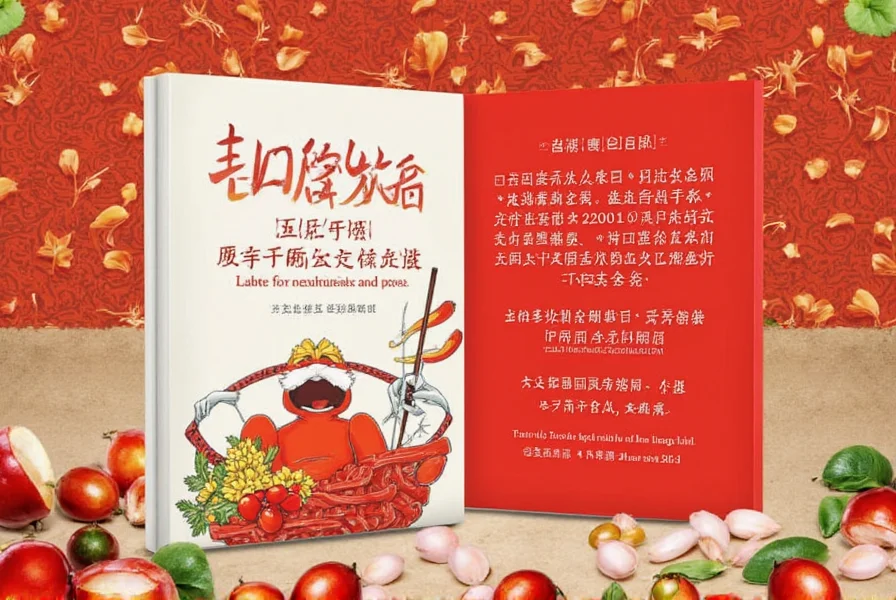

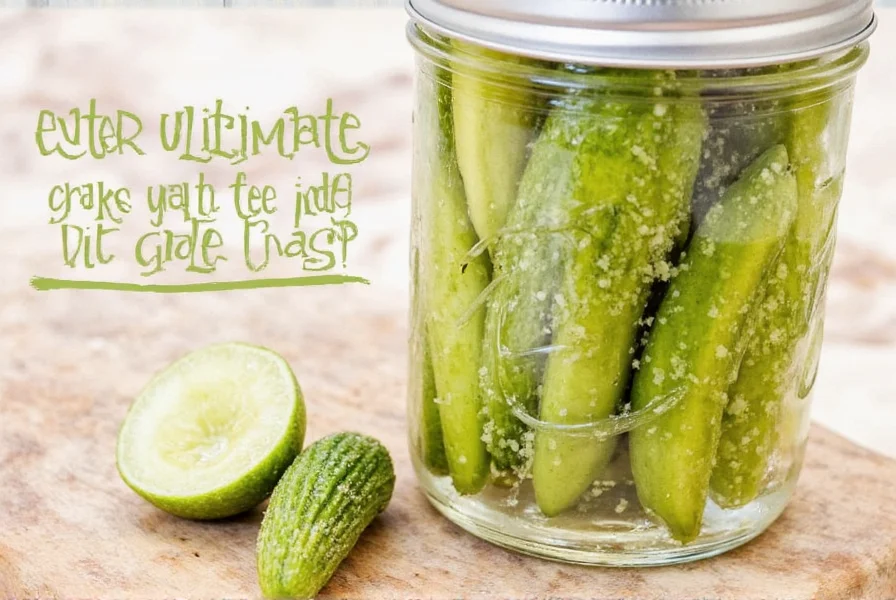









 浙公网安备
33010002000092号
浙公网安备
33010002000092号 浙B2-20120091-4
浙B2-20120091-4